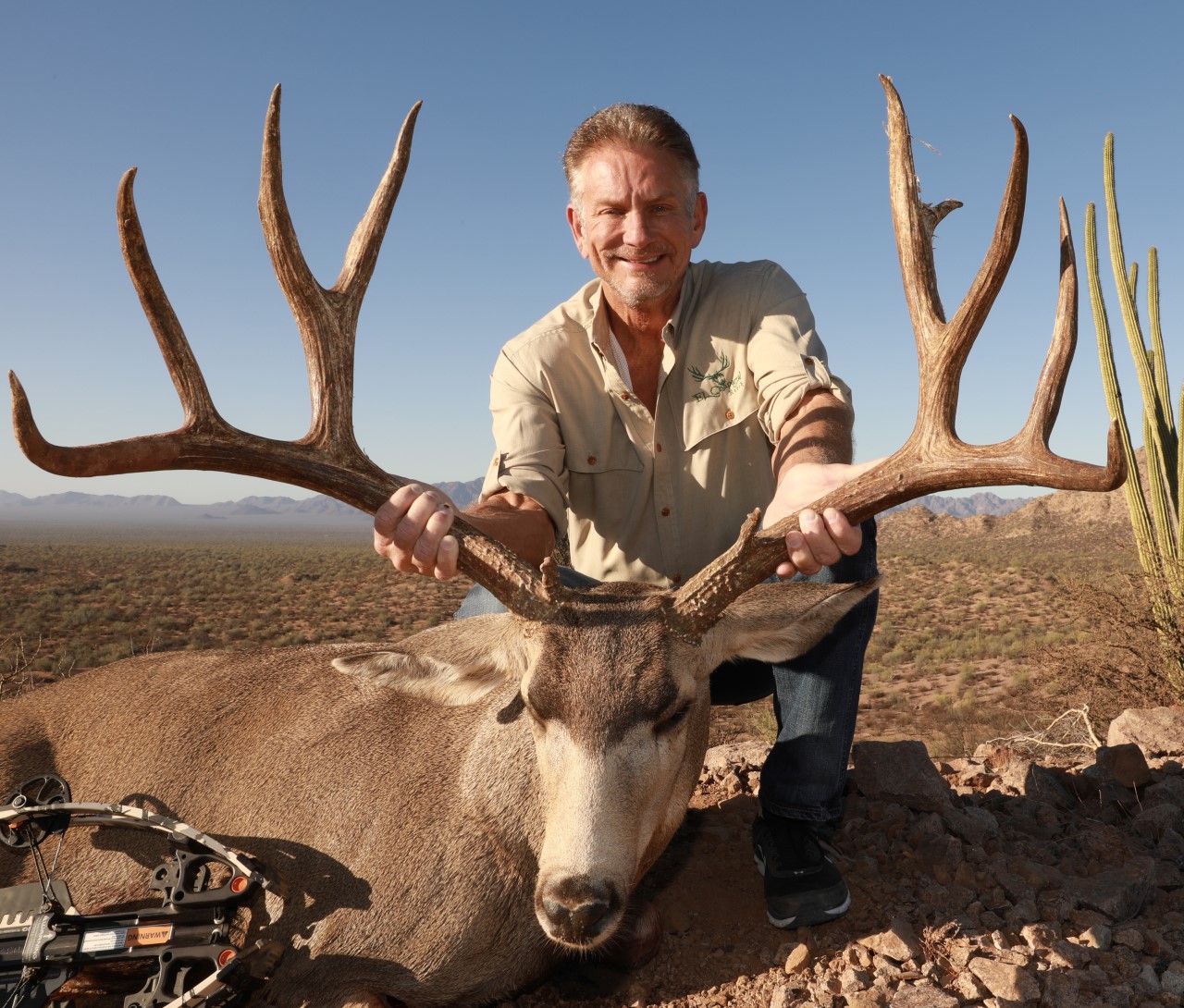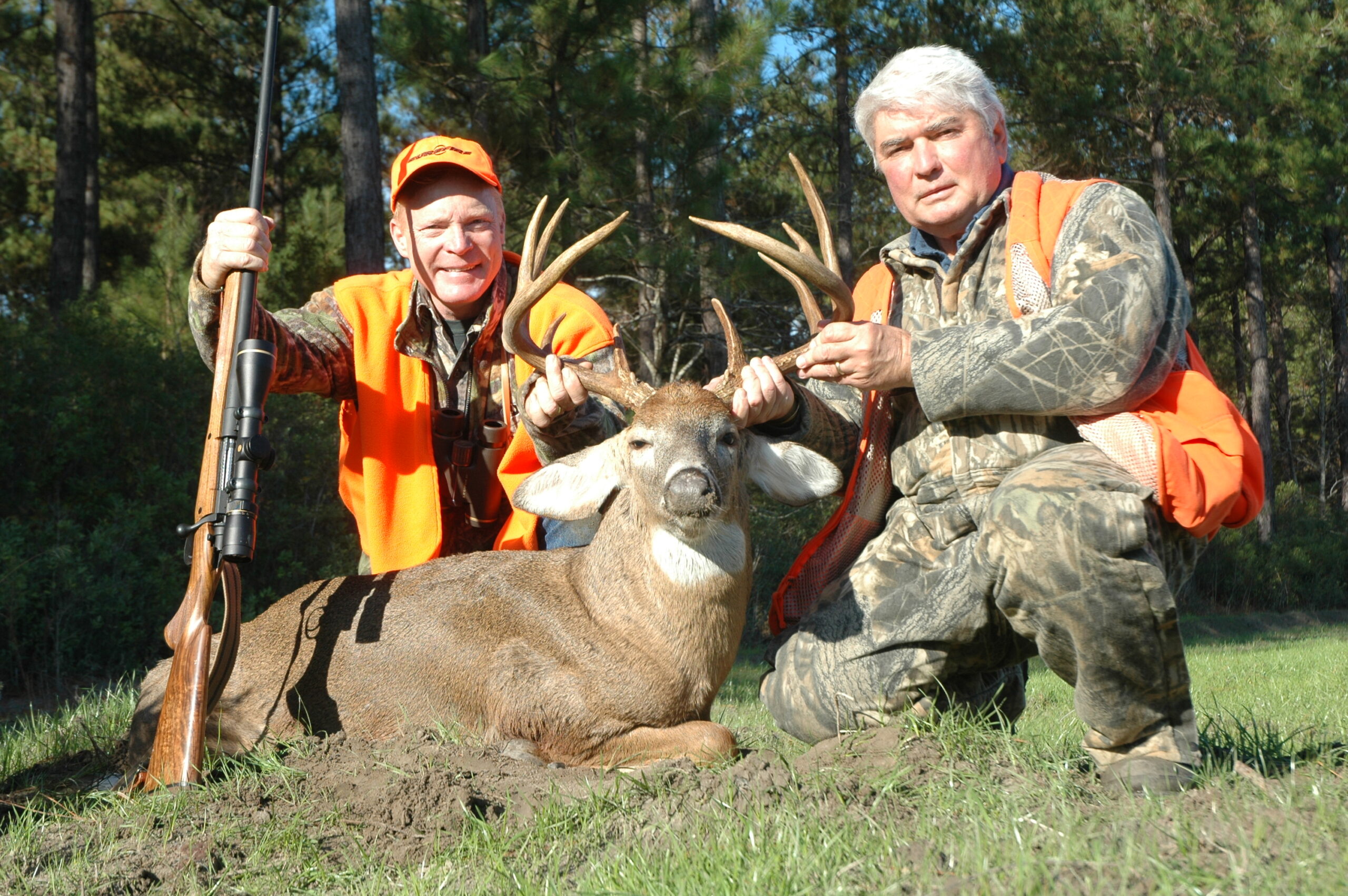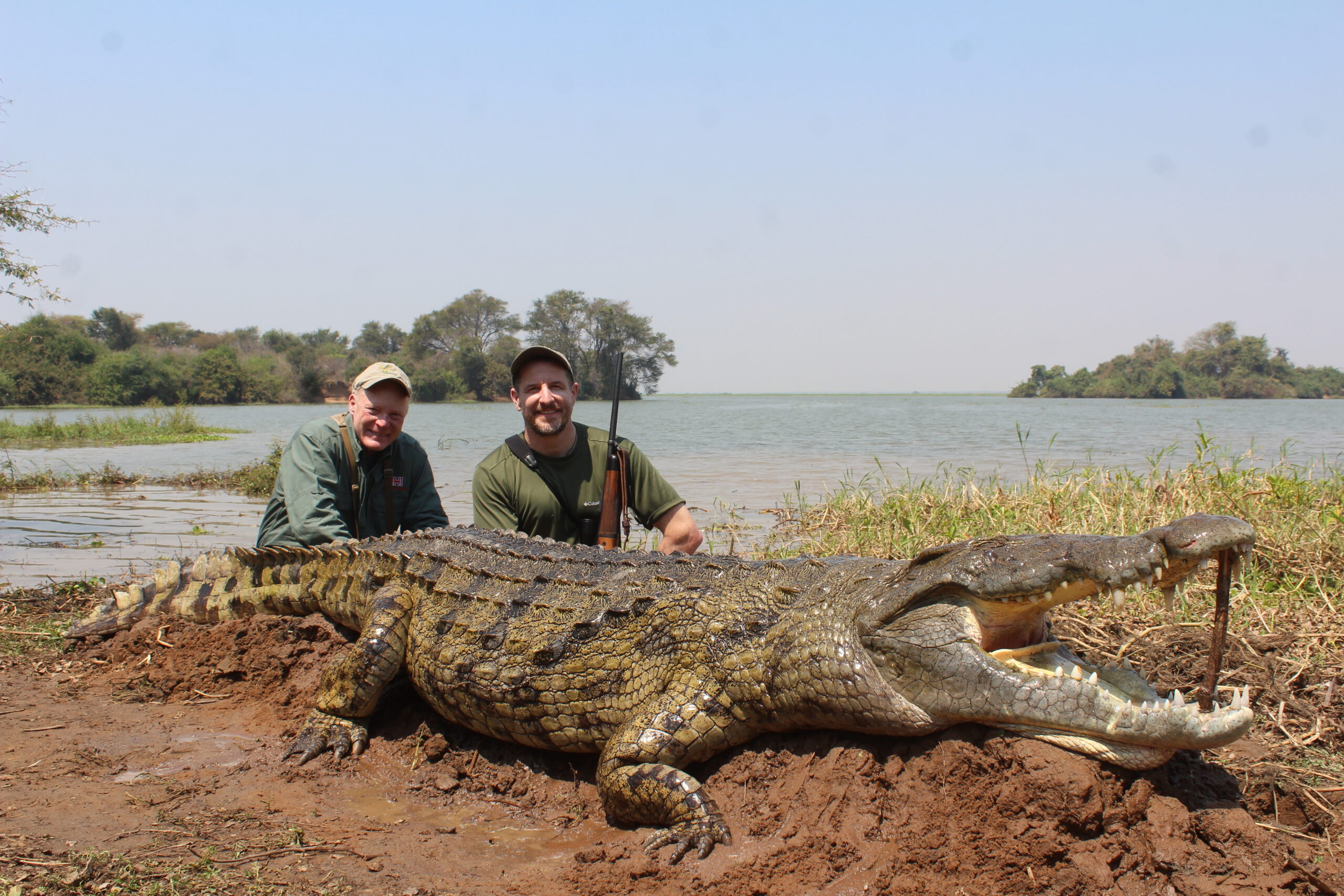Pacific Mountain Guides asking, “would you consider doing a brown bear hunt?” Having experienced the excitement of a grizzly hunt in Alaska in 2009, I definitely had an interest. Pacific Mountain Guides does both land and vessel based brown bear hunts out of Cordova. My choice was a vessel-based hunt starting the beginning of May.
Our hunt was based out of the comfortable 51-foot Arctic Light with Otto as the capable and competent captain. Two 18-foot skiffs, both with four stroke motors to ensure a silent approach when we spotted bears on the beach, complemented the Arctic Light. Prior to the hunt, Otto told me that my hunt, the first hunt of the season, would be when there were fewer bears on the beach. Otto also added that the bears we would see were likely to be big boars and his prediction was correct. Our hunt was somewhat hampered by a spring due to the unusually heavy snowfall of the past winter in the Prince William Sound area. The unusually heavy snows caused the bears to be a little late in leaving the den this year. We decided to try Montague first due to the earlier snowmelt at the southern end of the island.
Our first several days were spent hunting to the south of our anchorage and we were rewarded with the sighting of but one bear. He was very pretty, but in Otto’s judgment only about 7 feet squared.
We were approaching the first bay to the north only about 15 minutes from our base when Otto backed off on the throttle. “Bear on the beach!” were the only words he said as I started gathering my gear. We motored slowly into a protected spot, anchored the skiff and began our stalk. We slowly moved into position crawling to some alder bushes with just sparse protection from the eyes of the bear. By then our bear had moved to the edge of the timber and was lying down feeding on the skeleton of a winter killed blacktail deer it had found on the beach.
At that point, our range was about 250 yards and we waited not wanting to shoot a bear at that distance and so close to cover. Eventually he stopped feeding, and came back about 50 yards to where he had found the deer skeleton, sat down on his haunches and looked around surveying his beach. To our amazement he lay down on the beach and started to catnap. He would snooze for a minute or two with his head on his paws, pick his head up and look around, and then go back to snoozing. During that time I belly crawled 50 yards closer, set-up on my pack and awaited a shot opportunity at what was approximately 150 yards.
He spun as bears do with the impact of the first shot biting at the impact area on his shoulder. The first shot was followed immediately by a second, and we heard the “whop” of the bullet impact on the bear, he started to roll and with shot number three he rolled over onto his back and stopped moving. As we were examining the bear and taking our obligatory hero photos we noticed that one of his upper canines had not grown as usual and, instead of being rooted inside the jaw, it was actually fused to the
outside of the jaw and extended past the front of his other teeth. Otto immediately exclaimed, ‚ÄúWow, we got Old Snaggletooth!‚Äù We measured the skin and found it to square 9 1/2 feet. On our return to Cordova to have the hide and skull sealed, the biologist upon measuring the skull at 27 11/16 inches exclaimed, ‚ÄúI see that you got Old Snaggletooth,‚Äù and so Snaggletooth he is.–Don Detwiler



